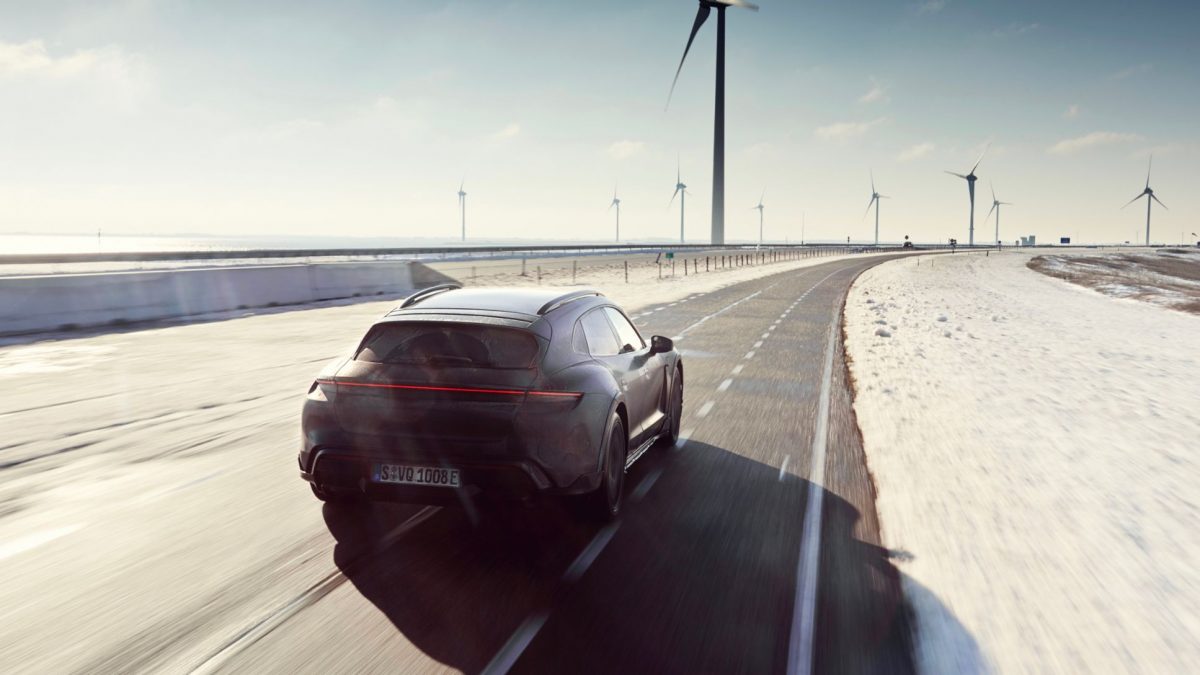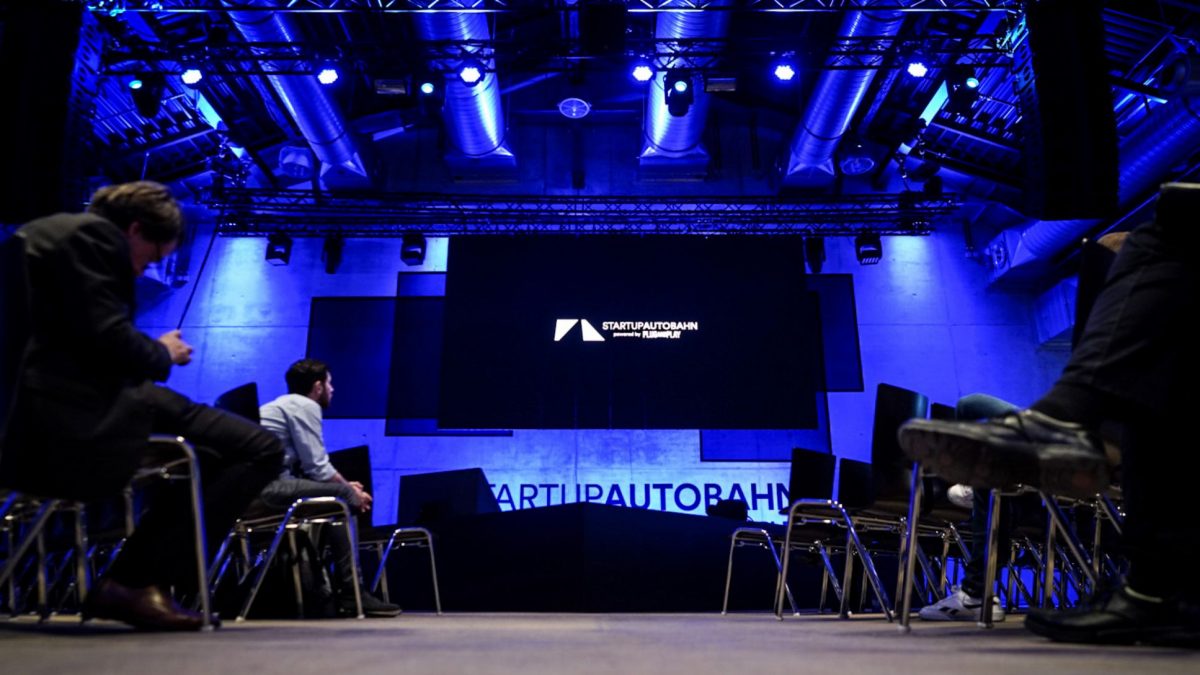Hyundai IONIQ 5 takes part in a Chelsea F.C. training session with a difference Featuring vehicle-to-load (V2L) technology that allows bi-directional charging, Hyundai’s new electric car powers football launcher machines for Chelsea’s Premier League players The V2L function, which turns the car into a ‘charger on wheels’, can be used for any electric device Video… Continue reading @Hyundai: Electric Blues
Category: OEMRSSCHK
@Hyundai: All-new Hyundai BAYON celebrates world premiere on 2 March
The all-new B-segment SUV Hyundai BAYON will have its digital world premiere at 10:00am CET on 2 March The global launch event will showcase artists from across Europe presenting works of art inspired by the model’s distinctive design details 26 February 2021 – Hyundai Motor’s all-new B-segment crossover SUV BAYON will celebrate its world premiere… Continue reading @Hyundai: All-new Hyundai BAYON celebrates world premiere on 2 March
@Suzuki: Feb 27, 2021 Maruti Suzuki exports cross 2 Million vehicles from India
New Delhi : Maruti Suzuki India Limited announced accomplishment of two million vehicle exports from India today. A true symbol of Government of India’s flagship Make-in-India initiative, a batch of Maruti Suzuki products comprising S-Presso, Swift and Vitara Brezza left for South Africa from the Mundra Port in Gujarat. The first million Maruti Suzuki commenced… Continue reading @Suzuki: Feb 27, 2021 Maruti Suzuki exports cross 2 Million vehicles from India
@niche: Workhorse Records Worst-Ever Weekly Rout After Postal Defeat000572
(Bloomberg) — Workhorse Group Inc. recorded the biggest weekly decline ever as investors brace for the electric vehicle startup’s quarterly earnings results due for release on Monday. The focus is likely to be more on the company’s recent loss of a key contract with the U.S. Postal Service rather than its financials. The shares sank… Continue reading @niche: Workhorse Records Worst-Ever Weekly Rout After Postal Defeat000572
@VW Group: As versatile as the vehicle: the testing programme for the Taycan Cross Turismo002506
02/24/2021 The Porsche Taycan Cross Turismo is currently completing its final test drives. The extensive Porsche testing programme has taken place on race tracks such as the Nürburgring Nordschleife and the Grand Prix track in Hockenheim (both in Germany) as well as on testing grounds worldwide – including in the southern Italian town of Nardò.… Continue reading @VW Group: As versatile as the vehicle: the testing programme for the Taycan Cross Turismo002506
@VW Group: Porsche sponsors three innovative start-up projects002505
02/24/2021 Thirteen start-up companies from around the world will present their ideas for the mobility of the future tomorrow, Thursday, 25 February, at the ninth Startup Autobahn Expo Day. The event will take place online from 13:00 (CET). Porsche is providing support with experienced mentors on three projects. Using the Porsche Taycan as an example, the… Continue reading @VW Group: Porsche sponsors three innovative start-up projects002505
@VW Group: Volkswagen Commercial Vehicles moves ahead with Autonomous Driving R&D for Mobility as a Service002499
Volkswagen Commercial Vehicles (VWCV) is consistently and rapidly advancing the development and implementation of autonomous driving. “With the confirmation of the group’s supervisory board for our Autonomous Driving R&D program, we are setting the course for the future of mobility. Autonomous, electric driving will make an important contribution to urban mobility and road safety. Our… Continue reading @VW Group: Volkswagen Commercial Vehicles moves ahead with Autonomous Driving R&D for Mobility as a Service002499
@VW Group: Volkswagen Group closes 2020 stronger than expected and accelerates transformation002497
The Volkswagen Group closed fiscal year 2020 stronger than expected despite the Covid-19 pandemic. Important strategic steps accelerated the Group’s transformation into a tech company at the same time. The Group’s effective crisis management, the rapid recovery of its largest single market China and particularly the more stable premium and financial services business were key… Continue reading @VW Group: Volkswagen Group closes 2020 stronger than expected and accelerates transformation002497
@VW Group: Strong debut for the Audi e-tron FE07002497
Strong debut for the Audi e-tron FE07 in the ABB FIA Formula E World Championship: At the season opener in Diriyah (Saudi Arabia), René Rast from the Audi Sport ABT Schaeffler team finished in fourth place missing the podium by only two tenths of a second. Teammate Lucas di Grassi made up seven positions in… Continue reading @VW Group: Strong debut for the Audi e-tron FE07002497
@Toyota: Toyota Develops Packaged Fuel Cell System Module to Promote the Hydrogen Utilization toward the Achievement of Carbon Neutrality
Toyota Motor Corporation (Toyota) has developed a product that packages a fuel cell (FC) system into a compact module and plans to begin selling it in the spring of 2021 or later. The new module will be easily utilized by companies that are developing and manufacturing FC products for wide variety of applications, including mobility… Continue reading @Toyota: Toyota Develops Packaged Fuel Cell System Module to Promote the Hydrogen Utilization toward the Achievement of Carbon Neutrality

